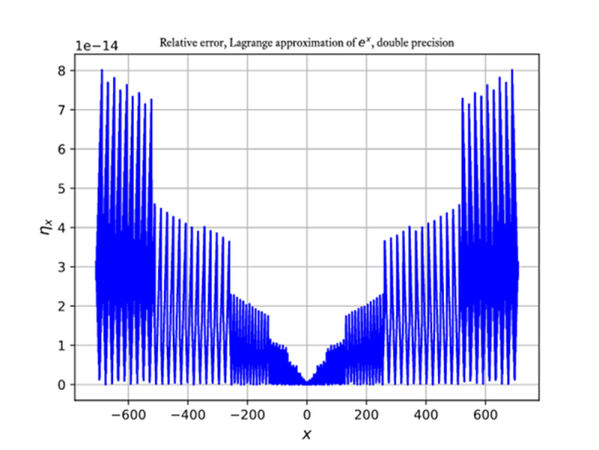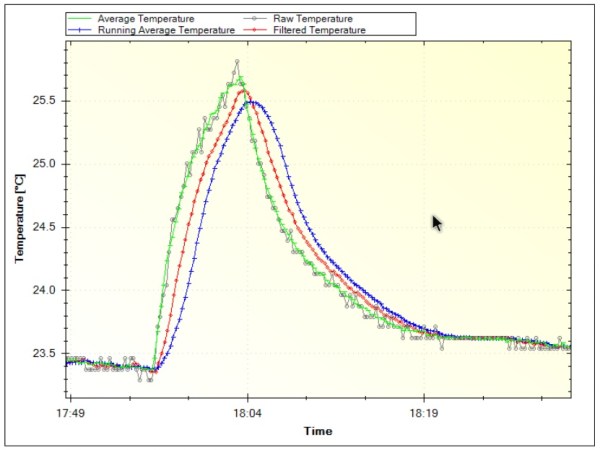Ask ordinary software developers how to code an exponential function (that is, ex) and most will tell you to simply write an expression in their favorite high level language. But a significant slice of Hackaday readers will program tiny machines down to the bare metal or need more speed or precision than available with a customary implementation. [Pseduorandom] knows quite a few ways to do the calculation, and while it isn’t light reading for the math-phobic, it is an interesting tour.
The paper covers a variety of ways to calculate the function ranging from various Taylor series approximations, Lagrange interpolation, and Chebyshev interpolation. The paper is somewhat abstract, but there are Python and C++ examples to help make it concrete.













